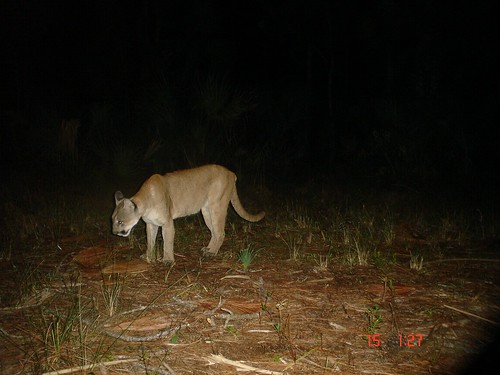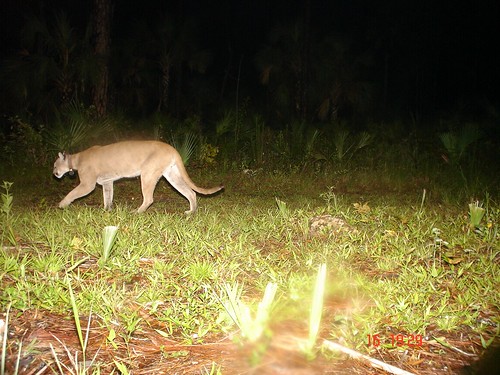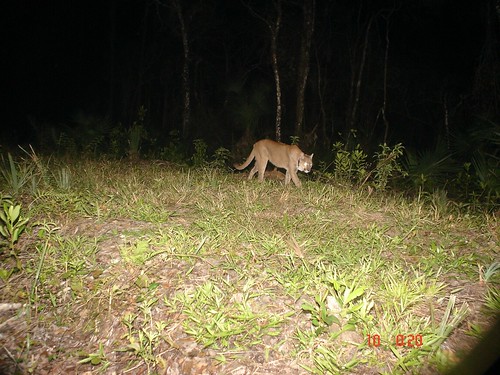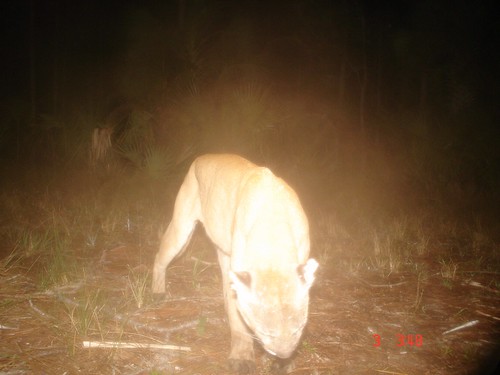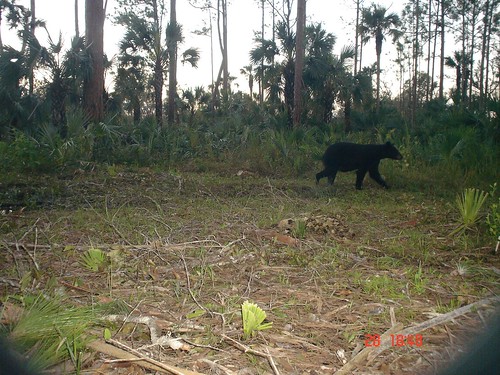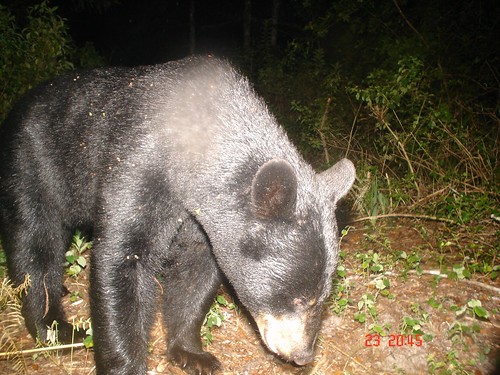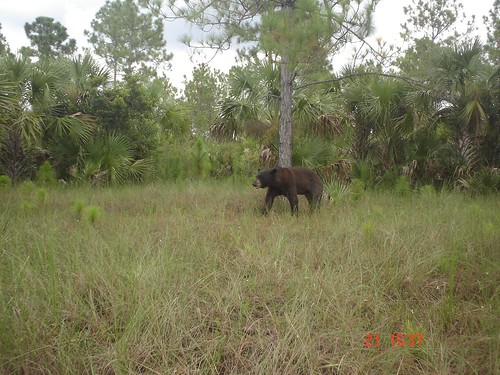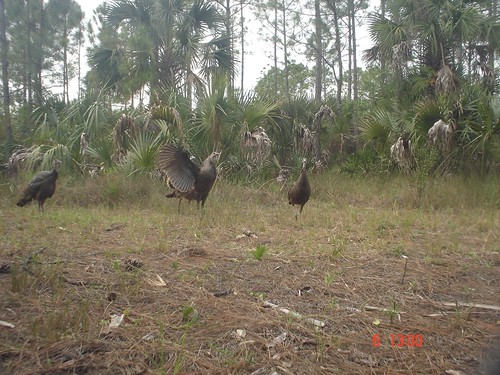Back in December I took a few 8th graders camping in Everglades National Park. These urban Miami kids often don't take advantage of the diverse ecosystem in their backyards. We set out with 4 kids, their teacher, and me as the chauffeur of the mini-van and the naturalist.
First stop was Anhinga Trail where the vultures were everywhere. Some may not be fans but I really enjoy vultures. I find them a fascinating lot of birds and this is a great place to see them up-close. Just watch out when they start their hissing.
We transversed the national park with stops along the way. We played a few games, checked out some of the wildlife, and finally ended our journey at Flamingo campground to set up our homes for the night. We were greeted by the resident Osprey.
The middle schoolers lost interest in being outdoors when the mosquitos came to play and I don't blame them because they were pretty intense. Fortunately, a VERY friendly Red-shouldered Hawk came to visit the campsite and provided the group with some great hunting tips. We watched the hawk catch lizards literally feet away. It was a great experience for the students and one I enjoyed as well.
We may not have converted any Miami kids into nature lovers and yes, that photo is from our departure day where you would think they would be accustomed to wildlife, but we did provide some real South Florida experiences. When I leave South Florida, I will miss Everglades National Park. I love the birding, the camping opportunities, and the unknown. Every time I visit this park something provides me with one of those awe moments. I may not love South Florida with the traffic and urban sprawl but I love the Everglades, the birds, and the teaching opportunitites.





















